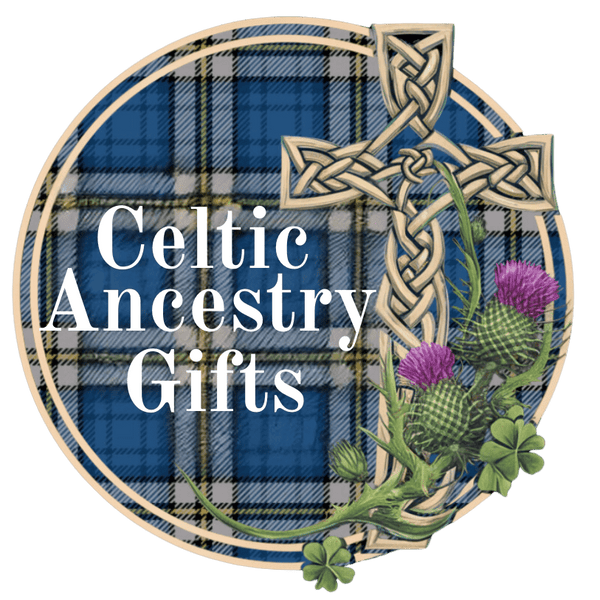
A Journey Through Time: Exploring the History of Clan Gow
Share
The Origins of Clan Gow: A Tale of Two Families
The history of Clan Gow, a proud and ancient Scottish clan, is woven intricately into the tapestry of Scotland's past. Tracing its roots back to the 12th century, the clan's story is one of fierce independence, unwavering loyalty, and enduring resilience. The Gow name, derived from the Gaelic word 'Gobha,' meaning 'smith,' hints at the clan's historical connection to the craft of blacksmithing, a skill that played a vital role in their lives.
Interestingly, Clan Gow is unique in its lineage, being a composite clan formed from two distinct families: the Gows of Atholl and the Gows of Strathallan.
- The Gows of Atholl: This branch of the clan, believed to be the senior line, held land in the region of Atholl, in the heart of the Scottish Highlands. Their history is closely intertwined with the powerful Clan Campbell, and they served as loyal followers of the Earls of Atholl.
- The Gows of Strathallan: This branch, residing in the fertile lands of Strathallan, Perthshire, held lands in the 14th century, their presence documented in historical records.
A Legacy of Loyalty and Conflict
Throughout the turbulent centuries of Scottish history, the Gows displayed unwavering loyalty to their chiefs and the Crown, participating in numerous battles and skirmishes. They fought alongside the Scottish forces against the English in the Wars of Scottish Independence and later supported the cause of Mary Queen of Scots.
However, the Gows were not immune to internal conflicts. Disputes with neighboring clans, notably the MacGregors and the MacLeans, led to bloody feuds that left their mark on the clan's history.
The 17th century brought further challenges to the Gows. The clan's support of the Jacobite cause during the Jacobite risings of the 18th century resulted in harsh reprisals from the British Crown, leading to the forfeiture of their lands and the dispersal of the clan.
Revival and Legacy: The Gow Clan Today
Despite the hardships they faced, the Gows have persevered. In recent decades, the clan has experienced a resurgence of interest, with individuals tracing their lineage back to the ancient clan seeking to reconnect with their heritage. The Clan Gow Society, established in 1978, serves as a vital focal point for the clan, fostering a sense of community and pride among its members.
The Gow clan legacy lives on, not only in the memories of their descendants but also in the historical landmarks and places associated with their story. The Gow family coat of arms, featuring a blacksmith's hammer and anvil, is a powerful symbol of the clan's enduring spirit and craftsmanship.
Exploring the Gow Clan's History
For those eager to delve deeper into the rich history of Clan Gow, several resources are available:
- The Clan Gow Society: The society's website provides information about the clan's history, genealogy, and current events.
- Historical Archives: The National Archives of Scotland and local archives hold records relating to the Gow clan, offering valuable insights into their past.
- Genealogy Websites: Websites like Ancestry.com and FamilySearch.org can help individuals trace their Gow lineage and connect with others who share their ancestry.
By exploring these resources and visiting the places where the Gows lived, you can gain a deeper appreciation for the enduring legacy of Clan Gow. Their story is a testament to the resilience, courage, and unwavering spirit that defines the true heart of Scotland.
